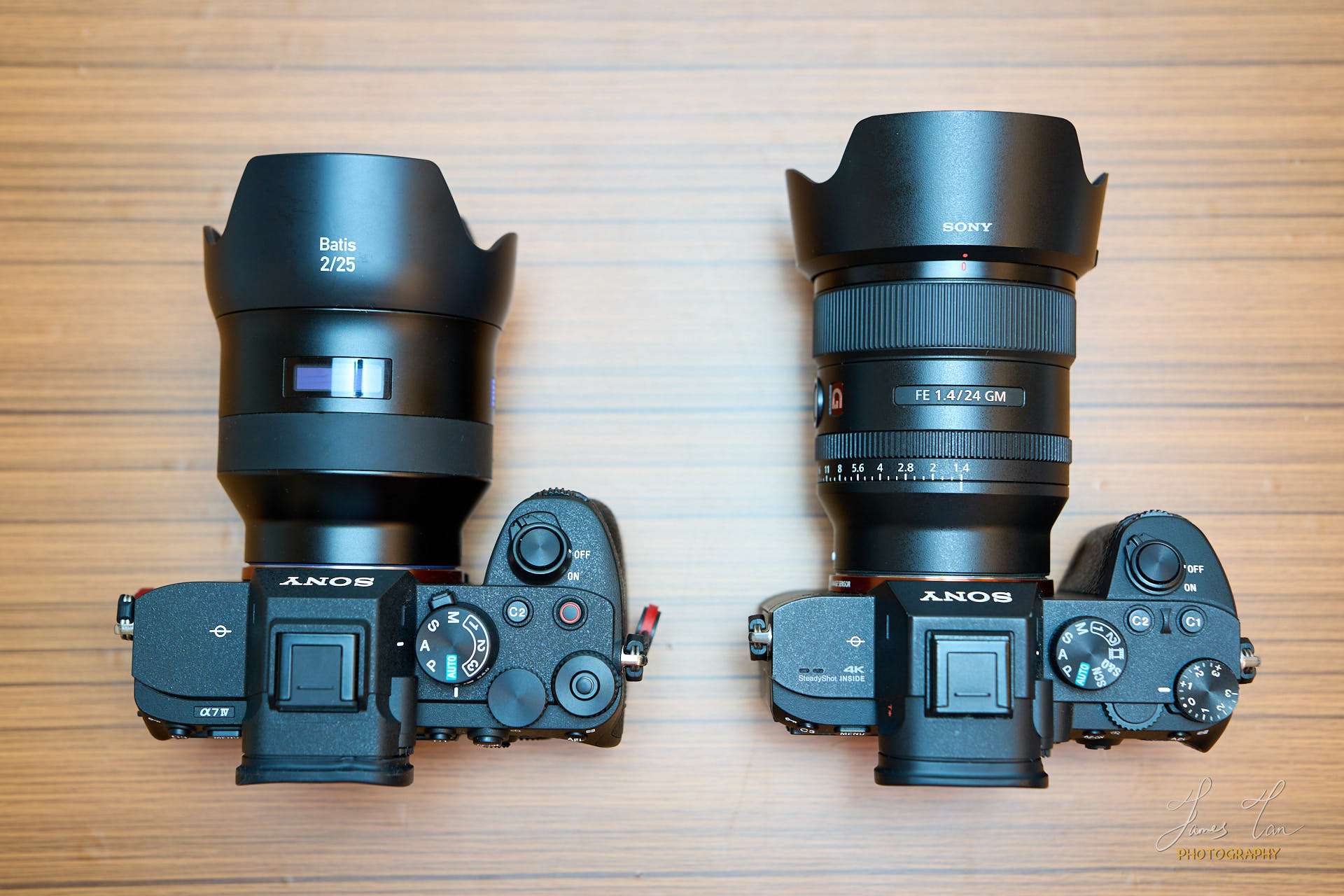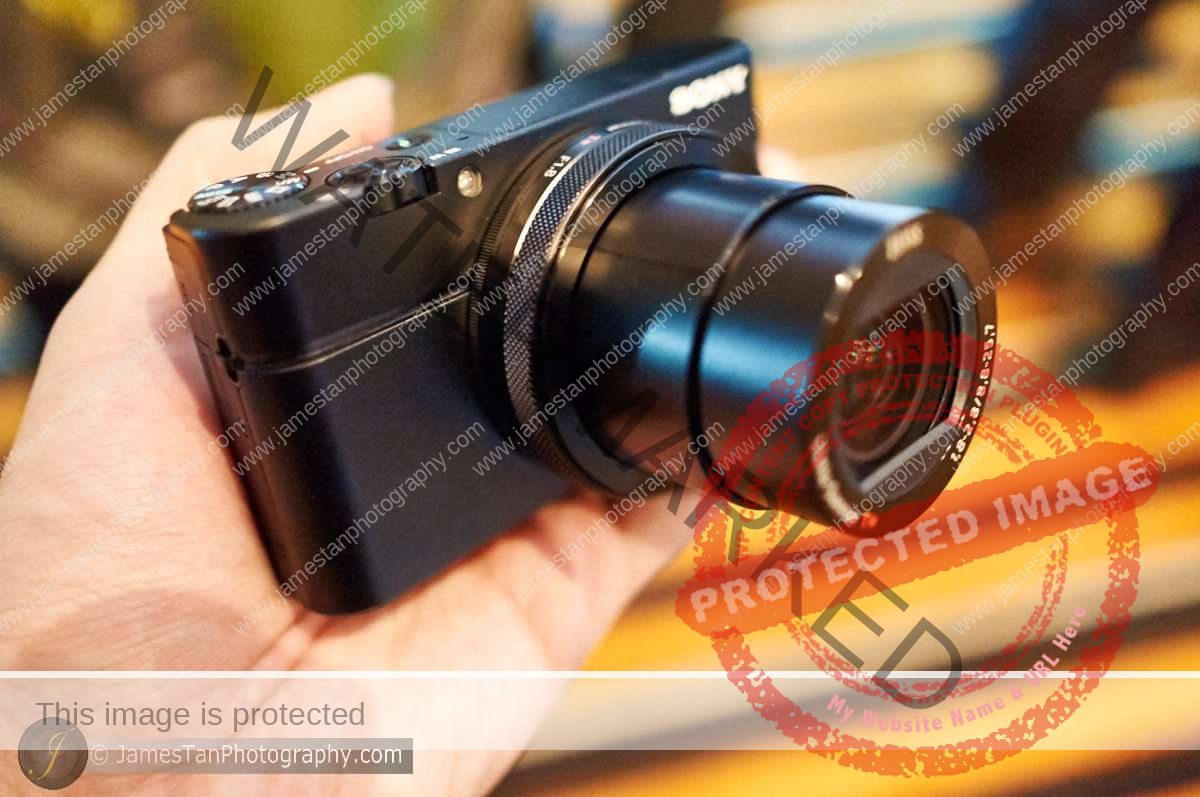camera

What Should I Know Before Buying My First Camera in 2025?
Last Updated On
Investing in your first dedicated camera can significantly elevate your photography skills and output. This guide explores various camera types—smartphones, point-and-shoots, mirrorless, and DSLRs—alongside essential purchasing considerations. Establish your purpose, set a budget, and prioritize RAW compatibility without overthinking brand loyalty to ensure a fulfilling photographic journey.

Do I Really Need a Dedicated Camera to Start Learning Photography?
Last Updated On
Modern smartphones are sufficient for learning photography basics, offering high image quality and advanced features. Users can practice composition, lighting, and manual controls. Experimenting with a smartphone helps determine if one enjoys photography before investing in a dedicated camera, which should be considered only if smartphone limitations hinder creativity.

10 Consideration Before Buy a Lens
Last Updated On
You might be overwhelmed by the sea of lenses when you have just started your photography journey. Let’s check out what you should consider before you buy a lens!





